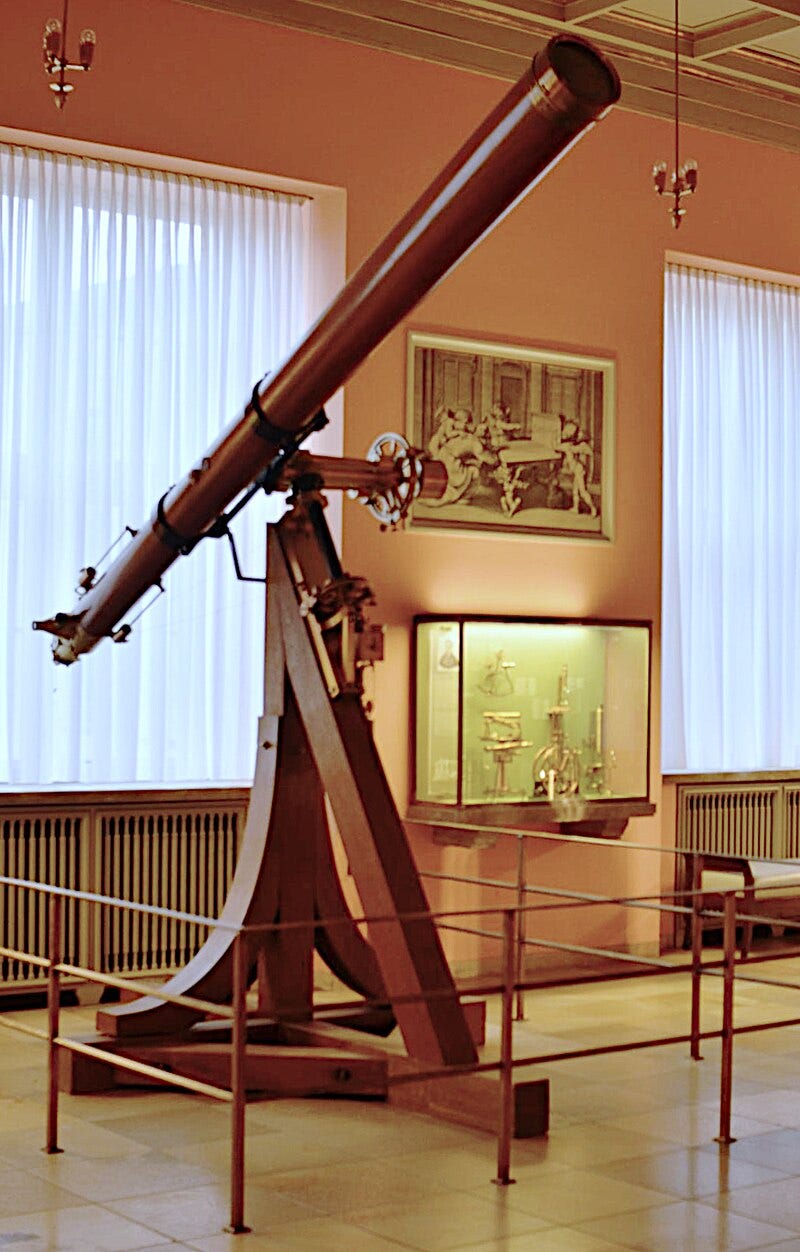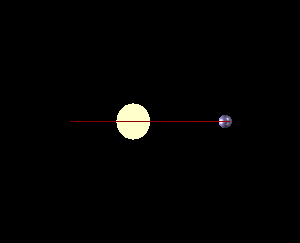Imagine trying to spot a firefly next to a floodlight from thousands of kilometres away. That’s what it’s like trying to find a planet orbiting a distant star. And yet, we’ve done it. Not once or twice, but over 5,000 times.
This is the story of how humans went from spotting planets in our own backyard to uncovering alien worlds light-years away.
Part I: The OG Eight — How We Found Our Own Planets
Let’s start at home. The eight planets of our solar system weren’t all discovered at once. It took millennia of naked-eye stargazing, then telescopes, then math so sharp it could detect what the eye couldn’t.
1. Mercury, Venus, Mars, Jupiter, Saturn
Discovered by: Ancient civilizations
How: Naked-eye observation
These five planets were visible to ancient skywatchers. Babylonians, Greeks, Indians, and Chinese astronomers tracked their odd motion—wandering stars that didn’t stay put like the others.
2. Uranus
Discovered by: William Herschel in 1781
How: Optical telescope
Herschel was scanning the sky with a homemade telescope when he spotted what he thought was a comet. It wasn’t. It moved too slowly. He had just found the first new planet in recorded history.
3. Neptune
Discovered by: Urbain Le Verrier & Johann Galle in 1846
How: Math + Telescope
Astronomers noticed Uranus was wobbling oddly. Le Verrier predicted there must be another planet tugging on it. Galle pointed his telescope at the predicted spot—and boom! Neptune.
4. Earth (yes!!)
Technically the last to be realised as a planet.
It wasn’t until Copernicus in the 1500s proposed the heliocentric model that Earth was seen as “just another planet” orbiting the Sun.
So far, all planets we’ve discovered in our solar system are thanks to reflected light, visible motion, or gravitational influence.
But what about planets outside our solar system?
Part II: The Exoplanet Era — Finding Planets Without Seeing Them
Here’s where things get clever. Because exoplanets are far, faint, and often invisible directly, scientists had to invent indirect methods. Think Sherlock Holmes—but cosmic.
1. The Transit Method
Visualization of transit method for planets of different sizes, showing different light-curves.
Most successful method
Used by: Kepler, TESS
When a planet crosses (or transits) in front of its host star, it causes a tiny dip in brightness. If the dip is regular and repeatable, that’s likely a planet.
The amount of dimming tells us planet size, and time between dips gives the orbital period.
Why it's clever: You don’t need to see the planet—just watch the light flicker.
2. Radial Velocity (Doppler Method)
Used by: HARPS, early ground telescopes
A planet’s gravity tugs on its star, causing the star to wobble slightly. This wobble shifts the star’s spectrum—toward blue when it moves toward us, and red when it moves away.
Measures planet mass and orbit shape.
Fun fact: This was the method used to discover 51 Pegasi b in 1995—the first confirmed exoplanet around a Sun-like star.
3. Direct Imaging

Used by: VLT, Subaru, JWST
Very rare but dramatic. Block out the star’s glare using a coronagraph, and sometimes you can directly spot a giant planet orbiting it.
Works best for young, hot, massive planets far from their stars.
Think of it as: Putting sunglasses on a telescope.
4. Gravitational Microlensing
Used by: OGLE, MOA
When a star passes in front of a more distant star, its gravity bends the background light (Einstein’s general relativity in action). If a planet is orbiting the foreground star, it adds a small spike in brightness.
Upside: Can detect planets very far from Earth—even across the galaxy.
Downside: It's a one-time event. Blink and you miss it.
5. Astrometry
Tracks the actual side-to-side motion of a star caused by orbiting planets.
Extremely difficult because it requires ultra-precise position measurements, but promising for detecting planets farther from their stars than other methods.
Status: ESA’s Gaia mission is collecting data that might soon lead to a new wave of planet discoveries via astrometry.
🚀 What These Methods Reveal
Each method sees a different “slice” of exoplanet types:
With these tools, we’ve found:
Hot Jupiters orbiting in just days.
Super-Earths in the habitable zone.
Mini-Neptunes we never expected.
And even free-floating rogue planets with no star at all.
🧠 How Smart Is This Tech?
Spotting exoplanets is the ultimate science-meets-art problem. You need:
Mathematics to model orbit shapes.
Physics to understand light curves and spectral shifts.
Engineering to build ultra-precise instruments that can detect brightness dips of 0.01%.
And we’re not done. Future missions like PLATO, Nancy Grace Roman Space Telescope, and next-gen observatories aim to:
Scan wider fields
Measure atmospheres
Search for biosignatures
We’re getting close to spotting an Earth twin.
🪐 Final Thought: We’re Not Alone (Statistically)
Every new exoplanet discovery reinforces a powerful idea: planets are not rare. They’re common. For every star you see, there’s likely a solar system dancing around it.
So next time you look up, remember—our solar system isn’t the only show in town.
Somewhere out there, a tiny planet orbits its star, just the right distance away for liquid water, with clouds and weather and maybe even life. We haven’t seen it yet. But now we know how to look.
And we’re looking.






